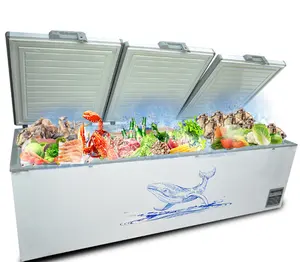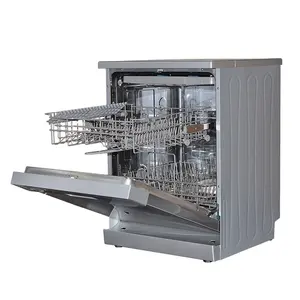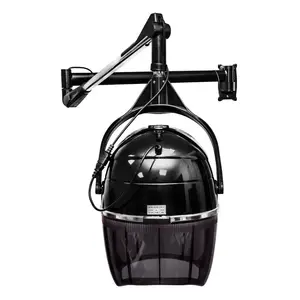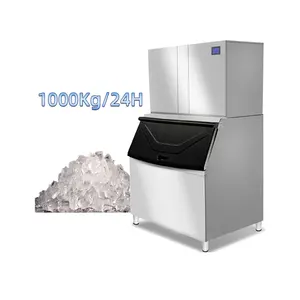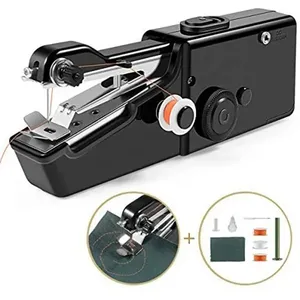Popular in your industry



















































Top categories
About heat pump from air to water
The air-to-water heat pump is a heating system that uses a refrigerant to absorb heat from the outside air, even in cold temperatures. This heat is then transferred to a water-based heating system, providing hot water for domestic use, space heating, or both. The air-and-water heat pump consists of an outdoor unit with a coil that absorbs heat from the air, a compressor to raise the temperature of the absorbed heat, and an indoor unit to distribute the heat to the water-based heating system. The air-source heat pump hot water generates low-temperature heat by drawing heat from the air, which then heats the refrigerant in the outdoor coil. The refrigerant turns into a gas and is compressed by the compressor. This process elevates the temperature of the refrigerant gas, which then releases the heat to the water-based heating system through a heat exchanger.
Advantages of the air-to-water heat pump
The air-to-water heat pump offers several advantages. Efficiency is one of the key advantages. These heat pumps can provide 3 to 5 units of heat for every unit of electricity consumed, a coefficient of performance (COP) of 3-5. In some cases, the COP can go even higher. The air-to-water heat pump is also easy to install and can be used for both space heating and hot water. The system can provide energy-efficient space heating by circulating hot water through underfloor heating or radiators. In addition, the air-to-water heat pump can be integrated with a solar thermal system or used in conjunction with other renewable energy sources for a hybrid heating system. The air-to-water heat pump can operate at low temperatures, making it suitable for different climates. The heat pumps are also considered environmentally friendly since they produce fewer greenhouse gas emissions compared to traditional heating systems. This system can be used in residential, commercial, or industrial settings. The water-to-air heat pump can be easily combined with existing heating systems, making them a viable option for retrofitting or upgrading heating systems in buildings.
Disadvantages of the air-to-water heat pump
Despite its advantages, the air-to-water heat pump also has some disadvantages. The heat pump's efficiency can decrease in very cold climates when the outside air temperature is extremely low. This can be mitigated by installing a ground-source heat pump in areas with severe winters. The initial installation cost of the air-to-water heat pump is also relatively high compared to traditional heating systems. The water-to-air heat pumps require proper insulation in the heating system, such as underfloor heating or radiators, to ensure efficient heat distribution. The air-to-water heat pumps may require more maintenance than traditional heating systems. The outdoor unit can be affected by weather conditions and may require periodic cleaning to maintain optimal performance. Finally, proper sizing and design are essential for the air-to-water heat pump to operate efficiently. An undersized heat pump may not meet the heating demands of the space, while an oversized heat pump can lead to short cycling, reducing the system's efficiency and lifespan.
